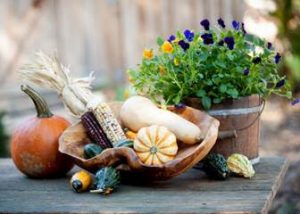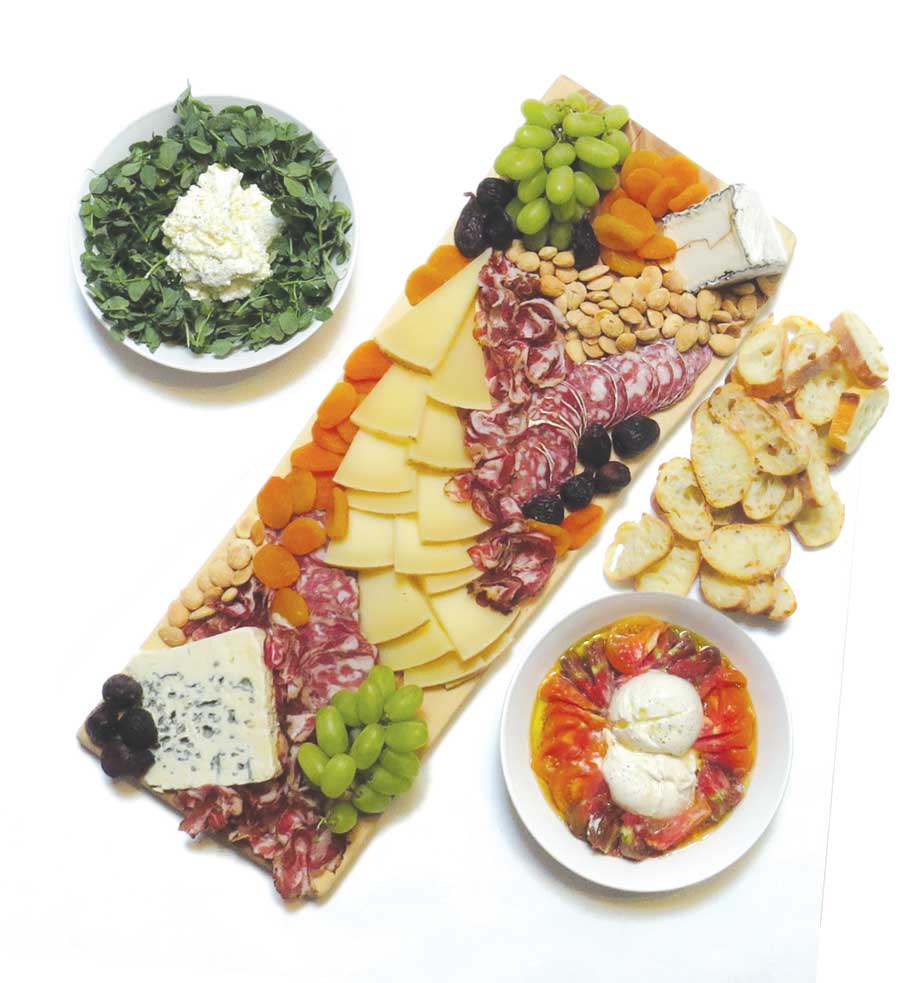Six Tips to Boost Your Autumn Garden Bounty
26 Sep 2018
It’s time to plant a fall garden and extend the productive bounty of summer’s harvest. Fall is actually an easier time of year to garden -- it’s typically nice and cool, insect populations are reduced and some fall crops sweeten when nipped by frost. Newbie and avid gardeners alike will enjoy the extra round of fresh produce before the chill of winter sets in!
Bonnie Plants grows a wide variety of cool-weather veggies and herbs, perfect for fall planting; local garden retailers will stock plants well-suited for this region.
Other fall favorites include Brussels sprouts — delicious roasted with slivers of garlic, olive oil and a touch of balsamic vinegar — or any of the versatile salad greens like lettuce and spinach or flavorful herbs like cilantro that tend to suffer and bolt prematurely in sweltering summer sun.
Here are six timely tips from Bonnie Plants to help you make your fall garden as enjoyable as your summer harvest.
1. Go big at home
Plant pre-started vegetable or herb transplants rather than seeds to squeeze every last moment out of fall’s compressed growing season. These plants love warm soil coupled with cool air and will start to grow quickly. Using transplants instead of seed also means you’ll be gathering tasty produce weeks earlier than you would with seed-sown varieties.
2. Stretch the season
While you can certainly plant cool-season veggies and herbs in pots or in the ground, a simple, commonly available garden product, a “cold-frame”, can help you extend your fall season by providing some added protection. A cold frame is a four-sided, clear box - open to the soil at the bottom - with a hinged lid. Because the ground inside stays warmer than the ambient air temperature, a cold frame protects plants long after unsheltered veggies start to fail. (On warm, sunny days, be sure to crack the lid open to prevent too much heat from building up inside.)
If planting in-ground, be sure to clear the area of previous planted crops and weeds, as they may decay and harbor bacteria. Always bag, tie and discard debris. Turn up the soil’s top layer and add some bagged compost, and mulch. If planting in a pot, be sure to sanitize pots and use fresh, new potting soil, specifically formulated for containers.
4. Proactively patrol for pests
While pest numbers naturally decline in the cooler days of fall, they don’t disappear entirely. Common pests of cool-season plants include tiny, sap-sucking aphids, caterpillars (particularly from cabbage white butterflies) and harlequin bugs. Inspect your plants for tiny clusters of aphids or tell-tale holes in the leaves. Handpick caterpillars or harlequin bugs from plants and dispose of them or use a strong blast of water from a hose to dislodge aphids.
5. Embrace cooler, carefree comforts
With the warm days and cool nights of fall, less moisture evaporates from your garden or pots, so you’ll need to water less often. (Only water when the soil 2” deep is dry.) In addition, many cool weather crops handily survive light frosts, growing well until a very hard freeze ends their productivity. Better yet, chilly weather improves the flavor of many late-season varieties, including members of the cabbage family, kale, Brussels sprouts and chard, by turning their starches into natural sugars, making them a sweet and healthy treat.
6. Take time to relax
Just like plants, gardeners enjoy a break from the stifling heat of summer. With the leisure of cool days, fewer chores and less weeding as the garden begins to wind down, you’ll be able to enjoy the garden more while you wait to harvest your fall favorites to boost your recipes and brighten your table.
If you don’t want to give up on your garden’s bounty, pick up a selection of cool-season favorites from Bonnie Plants now — and keep your garden growing! For more information on fall gardening and varieties, visit www.bonnieplants.com.
article and photos courtesy: Bonnie Plants 












